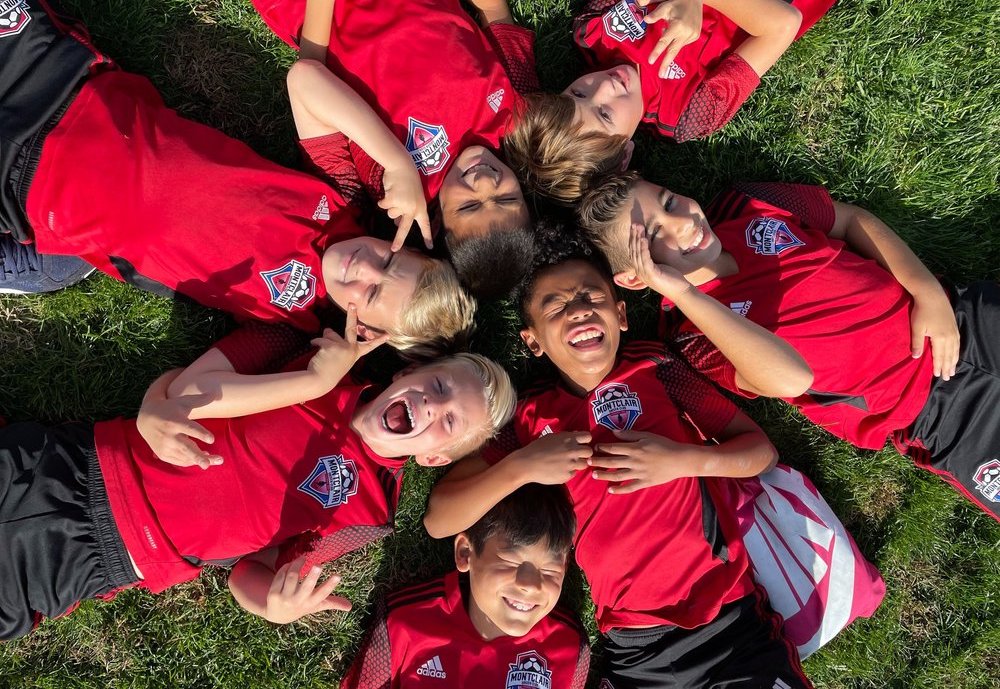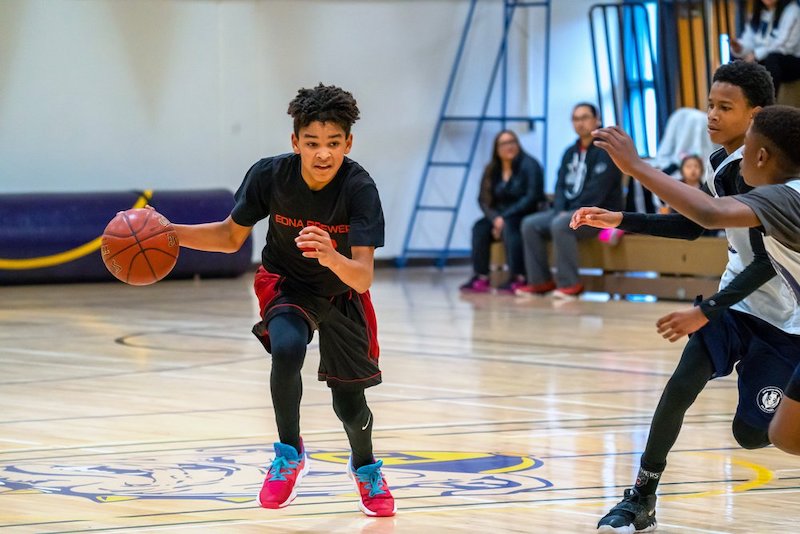
Aspen Institute Releases State of Play 2022
December 2, 2022
As part of its Project Play initiative, which works to help build healthy communities through sports, global nonprofit The Aspen Insitute has released its State of Play 2022 report. Each year, the report provides analysis on trends in youth sports delivery in the United States covering participation, physical and mental health, coaching and costs of play for youth aged 6 to 18.
State of Play 2022's key takeaway is that while there is a greater appreciation by parents and policymakers for the physical and mental benefits of staying active, there are still significant barriers to keeping kids playing coming out of the pandemic.
"On one hand, young people are signaling they want sports delivered in a different way than in the past – and will check out if they don’t get it. On the other, the youth sports industry has come roaring back, ably serving the needs of families with means," notes the report.

Among the findings:
- 27% of youth sports parents have said that their child has lost interest in playing sports. The research suggests that the more money parents have the less interest their child has.
- With many young people suffering from mental health challenges that have been perpetuated by the pandemic, coaches are being asked to do more. Coaches say that they need help since very few feel confident in identifying challenges with players’ mental health and linking them with the right resources.
- Parents significantly trust their child’s coaches: youth sports parents expressed more trust in coaches than their teachers and peers to develop life skills, foster a sense of belonging, create safe environments to play and cope with off-the-field stressors. Meanwhile, coaches shared frustration about parents’ behavior.
- Community-based programming is returning. More than half (58%) of children playing sports do so through community programs (vs. 38% in 2021). Still, 3 of 10 community programs either closed, merged or exist with less capacity compared to last year.
- The average family paid $883 annually for their child to partake in one sport. This figure is down 6% from pre-pandemic costs, but remains a significant barrier to access. The wealthiest families spent about four times more on their child’s sport than the poorest families, citing inflation as the reason.
A new addition to this year’s report is a first-of-its-kind National Coach Survey, which analyzes coaching behaviors, experiences and needs in the US. The study surveyed more than 10,000 youth sports coaches from every state and in various sports and settings. Further results and analysis will be published in 2023.
State of Play 2022 was informed by many sources including Sports & Fitness Industry Association participation data from 2021 (the most recent year available); youth sports parent survey results from Fall 2022 through research by Utah State University’s Families in Sports Lab and Louisiana Tech University’s Minds in Motion Laboratory in partnership with the Aspen Institute and TeamSnap; and the National Coach Survey, through research by The Ohio State University LiFEsports Initiative in partnership with the Aspen Institute, Susan Crown Exchange and Nike.